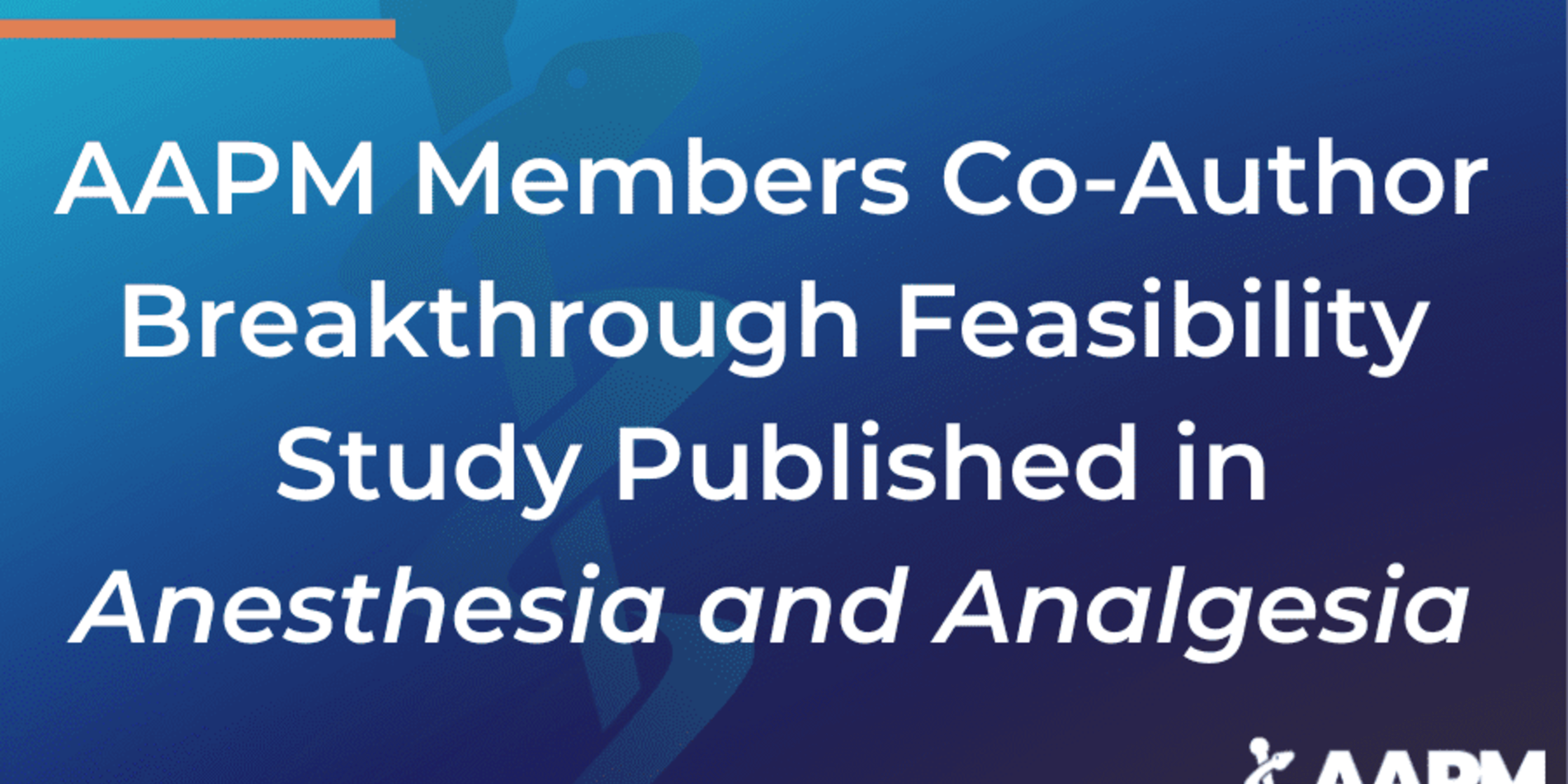Back in Action: Treatment for Chronic Pain
If you’ve ever said, “Ouch, my back hurts,” you are not alone! In fact, low back pain is one of the leading pain problems reported to doctors. What people don’t talk about is that sometimes this pain persists longer than we expect. Pain that lasts over time, considered chronic pain, can be life-limiting. And single treatments, such as medications or interventional procedures, may have limited effectiveness.
At Stanford Pain, we have created a multimodal treatment for chronic back pain that helps you take control of your pain and re-engage fully in your life. This program is called Back in ACTion (BIA). Let’s explore if this program might be a good fit for you or a loved one living with chronic pain.
What is chronic pain?
About one-third of adults in the U.S. seek treatment for back pain at some point during their lifetime. For some, the pain resolves within a few months. This is called acute pain and is typically treated with rest, ice, medications, and surgery. For others, the pain, unfortunately, persists for longer than a few months. Such persistent, chronic pain requires a different treatment plan than acute pain — usually a biopsychosocial approach, which focuses on how biological, psychological, and social factors contribute to the overall experience of pain. More on this later.
Chronic pain can lead to a lower quality of life. It is essential to understand that chronic pain is real pain — not all in your head or made up — even though the pain itself does not reflect an accurate warning signal from the body. Think of the experience of chronic pain as the nervous system turning the volume up for a false alarm. Meaning, the pain itself is no longer a good indicator of damage in your body.
Over time, it is common to worry about your pain, avoid activities, and even give up work, school, or social engagements to try to reduce or control the pain. Although this is certainly reasonable and understandable, it is simply not helpful. BIA targets treatment using a biopsychosocial approach by exploring pain neuroscience education (PNE), personalized tools, and behavior techniques to regain control over living with chronic pain. PNE provides a foundation of knowledge regarding acute versus chronic pain, the interconnection of the brain and pain, and the importance of restoring movement.
What contributes to chronic pain?
When treating chronic pain, the biopsychosocial approach considers all aspects of your unique experience including biological factors (such as age, tissue health, gender, exercise, and sleep), psychological factors (such as thoughts and beliefs about pain, mood, and trauma history), and sociocultural factors (such as social relationships, spiritualty, and culture). Although you feel pain in your body part, the experience of pain is an output of your brain.
Your brain and rest of your body are communicating continuously back and forth. Factors such as poor sleep, inactivity, worry about pain or damage, stress, depression, anxiety, trauma, and even others’ reactions to your pain can literally turn up or down the volume of pain. The experience of pain is not just about muscles or discs. In fact, research highlights that two MRI scans can look similar, yet one person can self-report debilitating pain while the other person does not. Pain truly is a subjective and ubiquitous experience.
What is the Back in ACTion program?
Back in ACTion was created by Stanford physical therapist Corrine Cooley and pain psychologist Heather Poupore-King. Our aim was to treat all aspects of the pain experience simultaneously, rather than tackling one piece of the puzzle at a time. We realized treating these patients together using a multiple-day, intensive biopsychosocial group treatment program would be more powerful than separate outpatient appointments. Few insurance-billed outpatient programs like this exist in the United States.
BIA has three main components: Physical therapy/movement, pain psychology, and medical education. Each portion is geared toward participants’ values-based goals, such as what specific activities they want to add back to their lives. Personal values are the most powerful motivator on the planet!
Chronic pain physical therapists lead the movement portion of BIA. This includes a personalized gym program and group-based mind-body movements such as yoga and tai chi. You learn to actively manage pain flares and move more confidently and improve strength, mobility, and overall function.
Pain psychology combines cognitive- and acceptance-based therapies, mindfulness meditation, and values-based goal setting. We also teach you specific strategies to calm your nervous system. Pain medicine specialist Dr William Brose developed the medical education program to help you better understand chronic pain and recovery.
The intensity of the program — 4 hours/day, 2 days/week for 6 weeks — allows you to make significant changes over a short period of time. Change occurs through consistency, which BIA provides!
So far, the results from BIA are impressive. Our initial pilot study published in The Journal of Back and Musculoskeletal Rehabilitation demonstrates reduced physical disability from pain, increased engagement in life activities, and reduced anxiety, fear and worry about pain. This program is now available for all chronic pain conditions. Here is what some past participants have said about BIA:
“I was able to accomplish things I never thought possible.”
“The combination of physical therapy, mindfulness, and willingness exercises — intertwining our physical and mental health to our values — was much more helpful than any singular approach to pain management.”
“This has changed how I view pain, react to pain, and slow my body’s reaction to the onset/delivery of pain.”
“The trajectory of my recovery was so slow for 2 years. Then, this program made it a rocket ship. Absolutely brilliant, this should be the first line treatment before even an MRI.”
How do I sign up?
If this program sounds interesting, please reach out to the Stanford Pain Management Center for an appointment to determine if BIA is the right program for you. We look forward to helping you get your life back! You can find more information here.

Dr. Heather Poupore-King is a pain psychologist, national educator, and Clinical Associate Professor in the Department of Anesthesiology and Perioperative Pain Medicine at Stanford University, where she also serves as the Director of the Pain Psychology Fellowship. Dr. Poupore-King and Stanford physical therapist Corrine Cooley created the Back in ACTion program.




